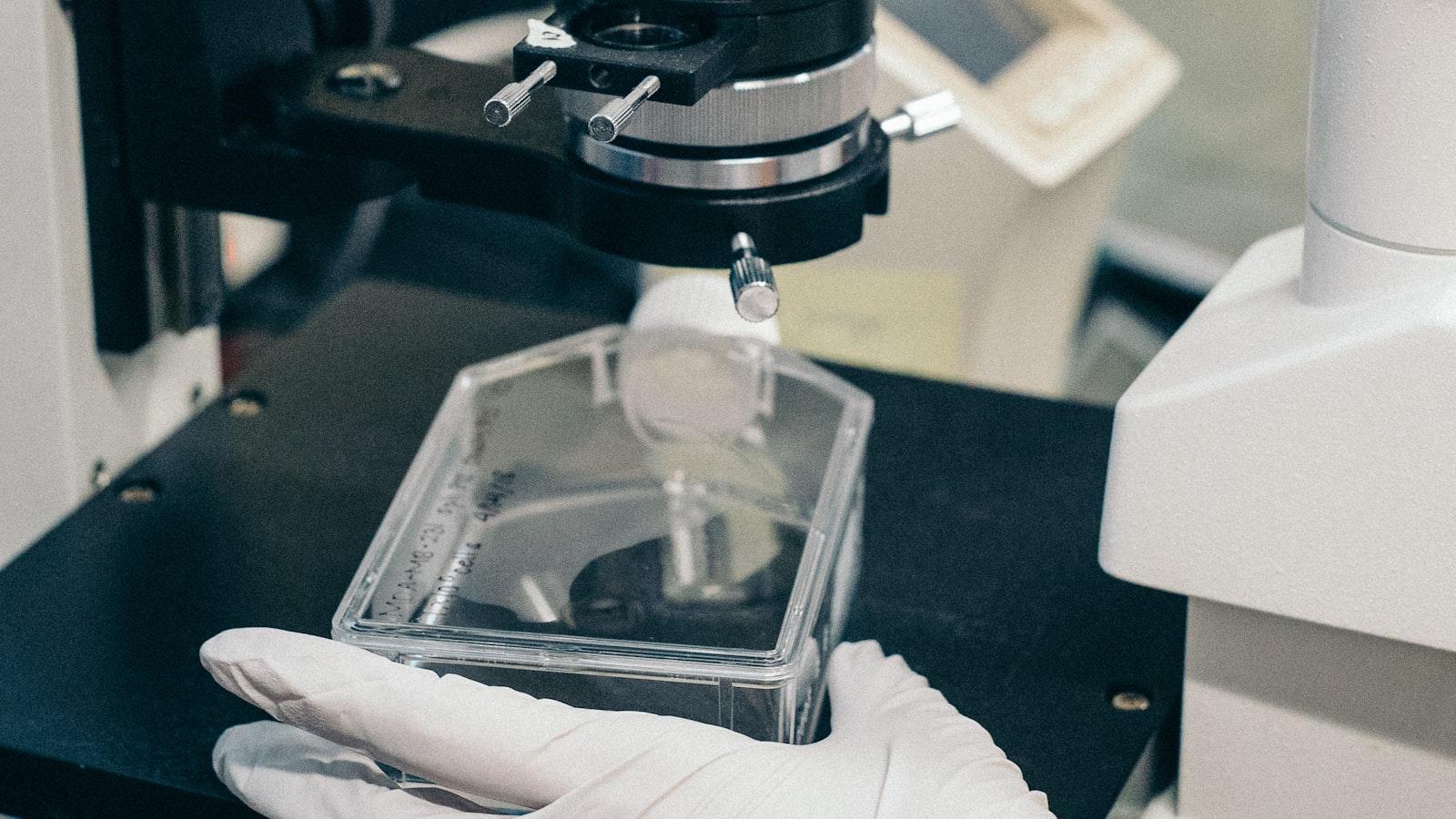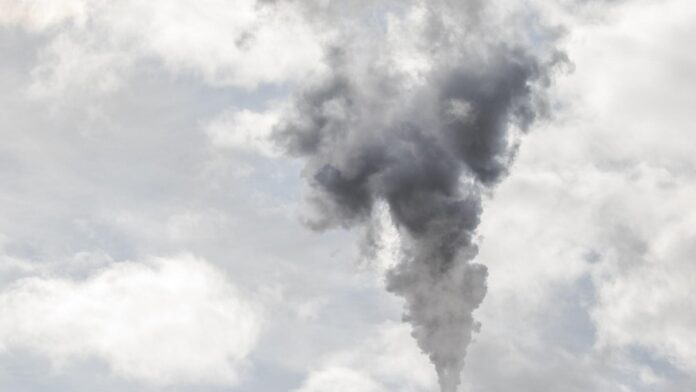Imagine a world where the delicate harmony between nature and humankind begins to unravel, where a shifting climate becomes an invisible but formidable force, shaking the very foundations of our health and well-being. In this intricate web of life, the seemingly invincible bond between the environment and human health uncovers itself, forging a path laden with both concern and urgency. Welcome to the realm of “Climate Change and Human Health: Exploring the Unseen Connections”. In this article, we embark on a journey through the intricacies of the relationship between our changing climate and our collective well-being, seeking to uncover the hidden threads that intertwine these parallel worlds. With a commitment to neutrality, we delve into the vast landscape of scientific research, to shine a spotlight on the profound implications that climate change exerts on our physical and mental health. Prepare to be captivated by an exploration that transcends boundaries and ignites a fervor for understanding, as we forge ahead, relentlessly unveiling the unseen connections that shape our very existence.
Climate Change and Human Health: Exploring the Unseen Connections
Climate change not only has a significant impact on the environment, but also on human health. As temperatures rise around the globe, we are witnessing an increase in heat-related illnesses and deaths. Heatwaves are becoming more frequent and intense, causing heat exhaustion, heatstroke, and dehydration. Vulnerable populations such as the elderly, children, and those with pre-existing health conditions are particularly at risk. It is essential to raise awareness about the correlation between climate change and heat-related health issues to ensure that proper measures are taken to protect individuals.
In addition to heat, climate change is also linked to the spread of infectious diseases. As temperatures and humidity levels change, it creates favorable conditions for disease-carrying insects like mosquitoes and ticks. This increases the prevalence of diseases such as malaria, dengue fever, and Lyme disease. Furthermore, changing climates disrupt ecosystems, which can lead to the displacement of certain species, causing disruptions in the food chain and potentially exposing humans to new infectious diseases.
Understanding the unseen connections between climate change and human health is crucial for developing effective strategies to mitigate the impacts. By implementing sustainable practices and reducing greenhouse gas emissions, we can not only protect the environment but also safeguard the well-being of communities worldwide. Together, we can make a difference in addressing the health consequences of climate change.

Understanding the Impact: Unraveling the Intricate Web of Consequences
Climate Change and Human Health: Exploring the Unseen Connections
Climate change is not just an environmental concern - it has far-reaching implications for human health that are often hidden from plain sight. As our planet warms and weather patterns become increasingly unpredictable, the delicate balance of ecosystems is disrupted, leading to a wide range of consequences that affect our well-being. It is crucial that we understand the intricate web of connections between climate change and human health, as this knowledge can help us develop effective strategies to mitigate the risks and protect ourselves and future generations.
Impacts on Infectious Diseases:
Rising temperatures and changing precipitation patterns influence the spread and distribution of infectious diseases. Vector-borne illnesses, such as malaria and dengue fever, are particularly affected as the habitats of disease-carrying insects expand. Moreover, extreme weather events, such as floods or hurricanes, can lead to the contamination of water sources and the proliferation of waterborne diseases. These unseen links between climate change and infectious diseases pose a serious threat to global health and require comprehensive strategies for prevention and control.
Impacts on Mental Health:
Climate change-related events, such as natural disasters or prolonged heatwaves, can have a profound impact on mental health. Displacement, loss of homes, and the disruption of communities due to extreme weather events often result in increased anxiety, depression, and post-traumatic stress disorder (PTSD). Furthermore, the stress and uncertainty caused by the longer-term effects of climate change, such as food and water scarcity, can contribute to a decline in mental well-being. Recognizing these unseen connections between climate change and mental health is essential for providing appropriate support and resources to individuals and communities facing these challenges.

Unmasking the Health Risks: Shedding Light on the Unseen Dangers
As our climate continues to undergo rapid changes, it is essential to comprehend the intricate web of connections between climate change and human health. While the immediate impacts of climate change are often visible in the form of extreme weather events, rising sea levels, and shrinking ice caps, there exists a hidden world of threats that pose significant risks to our physical and mental well-being. By unmasking these health risks, we can shed light on the unseen dangers and take proactive measures to safeguard ourselves and future generations.
One of the fundamental connections between climate change and human health lies in the exacerbation of infectious diseases. As global temperatures rise, disease-carrying vectors such as mosquitoes and ticks expand their habitats, potentially introducing diseases like dengue fever, malaria, and Lyme disease to new regions. This spread of diseases brings about a substantial burden on healthcare systems and poses a threat to human lives. Additionally, extreme heat and air pollution, both intensified by climate change, contribute to respiratory illnesses, heat-related illnesses, and cardiovascular problems. These covert impacts of climate change demand our attention and necessitate collaborative efforts to mitigate their effects.
Towards a Sustainable Future: Strategic Actions to Safeguard Public Health
As the world grapples with the consequences of climate change, there is an urgent need to understand and address the unseen connections between this global phenomenon and human health. Beyond the obvious impact on our environment, climate change poses significant threats to public health, with dire consequences for individuals and communities. Exploring these connections is crucial to effectively safeguard public health in the face of a changing climate.
One major concern is the increase in extreme weather events, such as hurricanes, heatwaves, and flooding, that are directly linked to climate change. These events can have devastating consequences on public health, from physical injuries to the spread of diseases. The intensity and frequency of natural disasters are on the rise, forcing communities to grapple with loss of life, displacement, and infrastructure damage. Understanding the connections between climate change and these events is essential for devising strategies to mitigate their impact and protect public health.
To effectively tackle these challenges, a multi-faceted approach is needed. This includes:
- Strengthening healthcare systems to ensure they can cope with the increased demands resulting from climate-related health crises.
- Improving early warning systems to provide timely alerts and support preparedness efforts for extreme weather events or disease outbreaks.
- Investing in research to understand the specific health risks associated with climate change and devise evidence-based strategies for prevention and response.
| Climate-related Health Risks | Prevention Strategies |
|---|---|
| Heat-related illnesses | Implement heatwave response plans and provide public cooling centers. |
| Vector-borne diseases | Enhance vector control programs and improve surveillance for early detection. |
| Air pollution-related health issues | Reduce greenhouse gas emissions and promote clean energy sources. |
Addressing the unseen connections between climate change and human health requires collective action from governments, organizations, and individuals alike. By prioritizing public health in climate change mitigation and adaptation efforts, we can pave the way towards a sustainable future that safeguards the well-being of current and future generations.

Empowering Communities: Collaborative Measures to Mitigate Climate-Related Health Challenges
Climate change is not only an environmental concern but also a significant threat to human health. The impact of a changing climate on our physical and mental well-being is often overlooked, but the connections are undeniable. Rising global temperatures, extreme weather events, and air pollution all contribute to a range of health challenges.
One of the key ways to mitigate climate-related health challenges is through empowering communities and fostering collaboration. By working together, we can better understand and address the complex interplay between climate change and human health. Education and awareness play a vital role in this process. Empowering individuals with knowledge about the health risks associated with climate change helps them make informed decisions to protect themselves and their communities.
Collaborative measures in mitigating climate-related health challenges:
- Developing community-specific adaptation plans to address local health risks.
- Ensuring equitable access to healthcare and public health resources in vulnerable communities.
- Implementing sustainable and resilient infrastructure to prevent and manage climate-related health emergencies.
Ultimately, by coming together, we can create a future where climate-related health challenges are effectively mitigated, and communities are empowered to adapt and thrive.
| Key Stakeholders | Roles |
|---|---|
| Government agencies | Policy implementation and regulation |
| Healthcare providers | Provision of quality care and education |
| Community organizations | Advocacy and community engagement |
| Research institutions | Evidence-based studies and data analysis |
Collaboration among these key stakeholders, along with active involvement from individuals and communities, is crucial in ensuring effective and sustainable measures are in place to tackle climate-related health challenges. By exploring the unseen connections between climate change and human health, we can create a healthier and more resilient future for us all.
Wrapping Up
As we venture deeper into the complex tapestry that is climate change, one thread stands out among the rest: its profound impact on human health. In this exploration of the unseen connections between climate change and our well-being, we have uncovered a web of interdependence that we cannot ignore.
From the jagged spikes in temperature to the tumultuous storms that batter our coasts, the fingerprints of climate change are omnipresent. Yet, it is in the shadows that its murky influence on human health truly takes form. It weaves its way through the air we breathe, the water we drink, and the ecosystems we depend on, leaving no aspect of our lives untouched.
As we peel back the layers, we discover the intricate dance between the natural world and our own bodies. Rising temperatures pave the way for a surge in infectious diseases, while extreme weather events disrupt access to essential healthcare, leaving vulnerable populations even more exposed. The shifting landscapes force migration, placing the strain of new environments on already fragile communities.
But this exploration also offers a glimmer of hope, a whispered reminder of our ability to adapt. While the unseen connections between climate change and human health may haunt us, they also hold the key to a brighter future. By tackling the root causes of climate change, we can unlock a cascade of positive effects on our well-being. Improving air quality, promoting sustainable agriculture, and fostering resilient healthcare systems are just a few steps on the path towards a healthier world.
In this twilight between despair and possibility, it is crucial that we recognize the power of knowledge. By deepening our understanding of these unseen connections, we empower ourselves to take action. Together, we must champion sustainable practices, advocate for equitable policies, and foster a global community that values the sanctity of both our environment and our health.
As we bid farewell to this exploration of the unseen connections between climate change and human health, let us carry the weight of our newfound knowledge with responsibility and determination. Aware of the profound impact we have on the intricate tapestry of life, it is our duty to ensure that future generations are not tangled in the consequences of our actions.
With the past as our guide, the present as our canvas, and the future as our inspiration, we embark on a journey towards unity. A journey where the threads of climate change and human health are woven together, not as barriers, but as bridges to a world where the harmony between nature and humanity is restored and safeguarded for generations to come.



